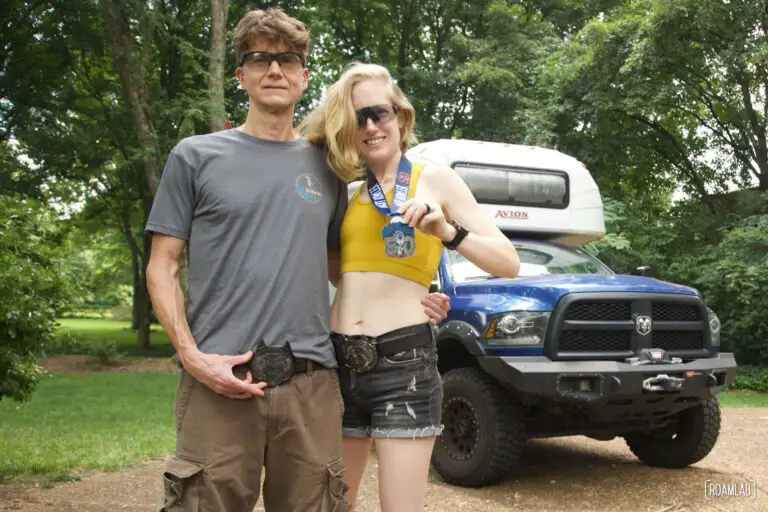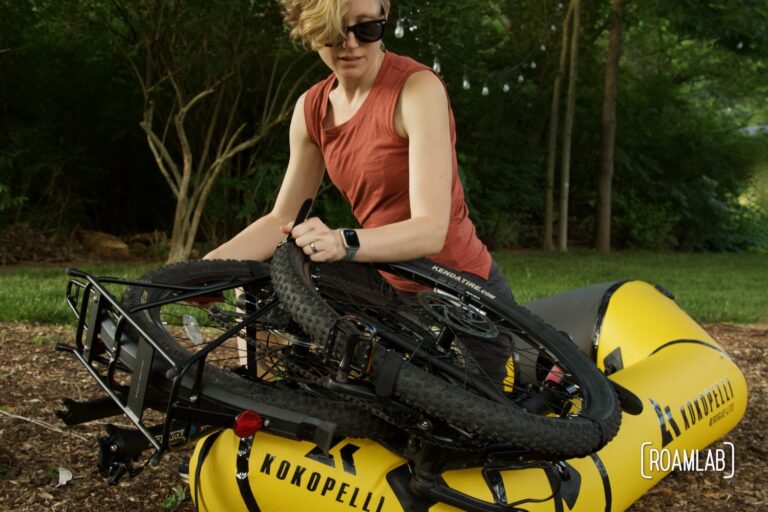In a notoriously hot and dry environment such as Death Valley National Park, Salt Creak’s presence on the desert floor is a surprise. The creek is fed by brackish springs over a mile upstream, resulting in a marshy habitat and home to the rare Salt Creek Pupfish. The creek may be too salty for us to drink and can be saltier than the ocean, yet it still supports a thriving ecosystem.
We can explore this unique environment along the Salt Creek Trail. The 1/2 mile loop boardwalk trail follows the Salt Creek with occasional information panels about the creek, plants, and wildlife that gather here. It’s an easy, level hike, but that can be deceptive. Be sure to bring appropriate gear for the weather: water, walking shoes, sun protection, and other considerations for this harsh environment. The plants and animals that live here have special adaptations to cope with the salt and exposure. We do not.
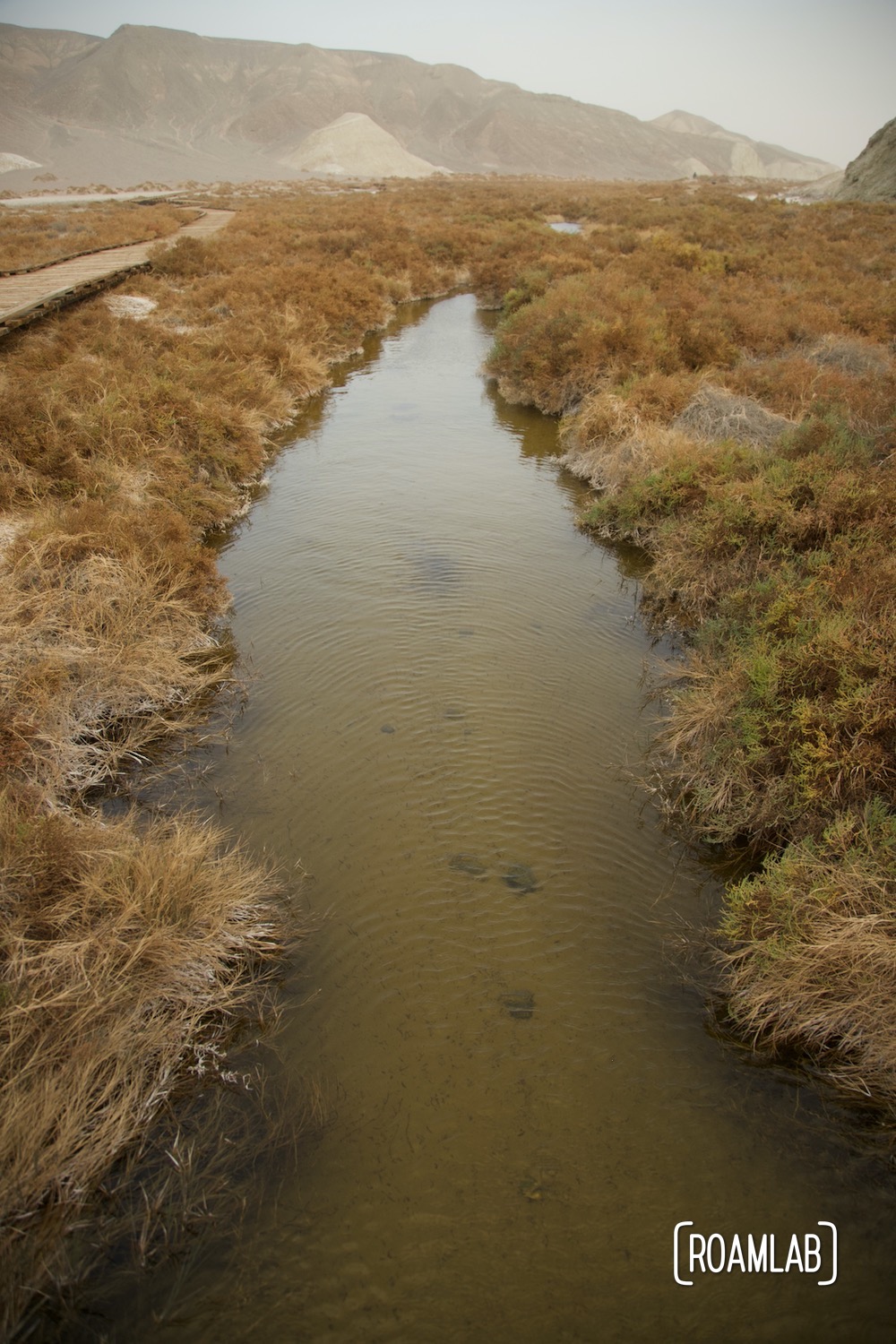
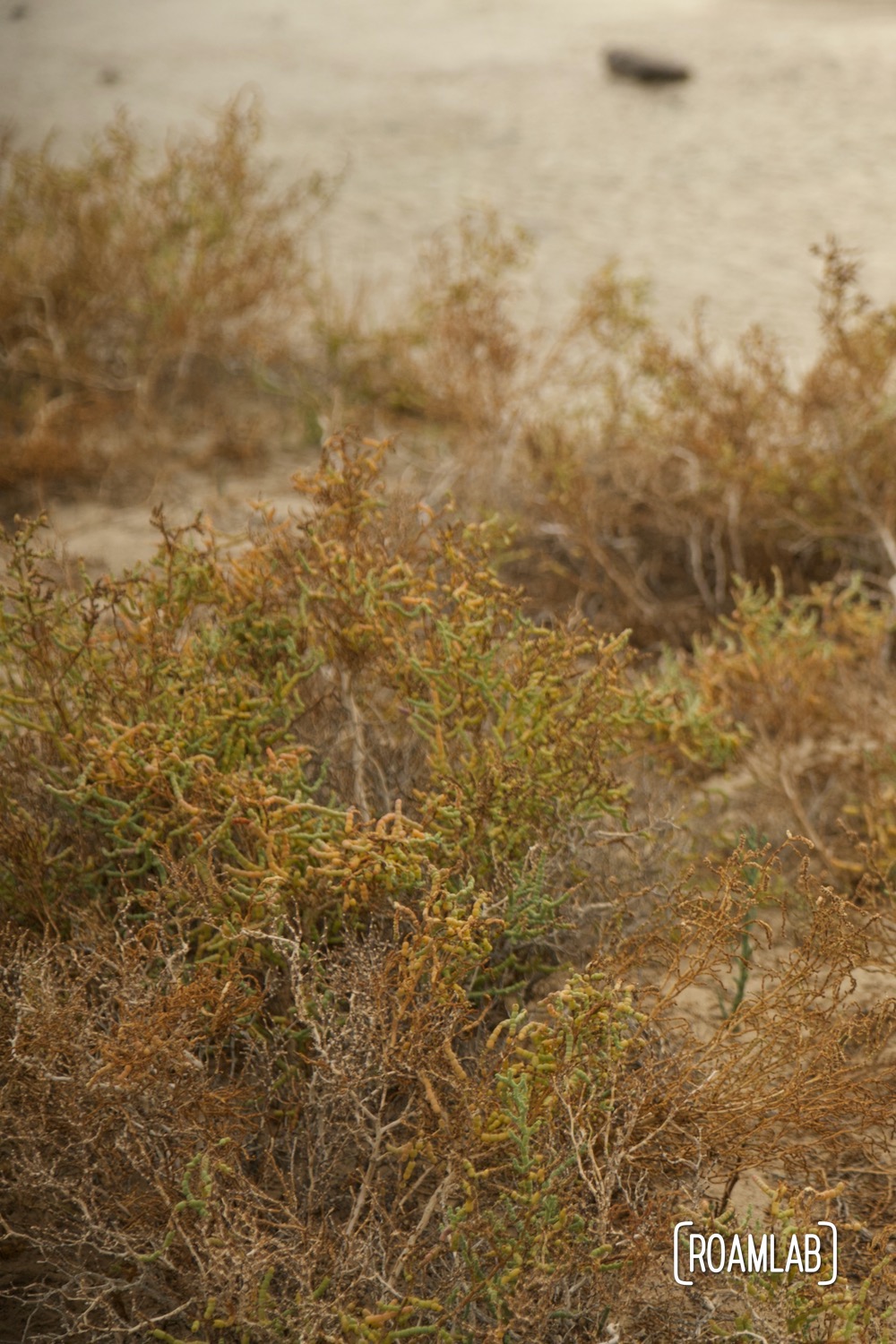
The Salt Creek Pupfish
Of all the life sustained by the creek, the most unique is the Salt Creek Pupfish. Pupfish are named because their behavior is evocative of puppies at play. But their situation in Death Valley is very serious. These resilliant fish trace their roots back to over 10,000 years ago when Death Valley was Lake Manly. At that time the pupfish thrived in streams that fed the lake. But as the lake dried up, the pupfish became isolated in different holes and streams.
The varied habitats of the isolated colonies of pupfish lead each group to evolve to meet their unique needs. The Salt Creek Pupfish is one of ten distinct species and subspecies of pupfish in the region and has gradually developed its own traits. The Salt Creek Pupfish is one of the more colorful pupfish varieties.
Our Experience
Unlike our experience at Devil’s Hole, we did not manage to see any pupfish on our hike. But we still had an informative walk. We arrive at the interpretive trail under particularly otherworldly conditions. High winds have whipped up a dust storm from the valley floor obscuring the surrounding mountains and sky. We don sunglasses and masks to protect our eyes and oral passages from the airborne grit.
Fortunately, the boardwalk is a short enough loop for us to complete quickly and we tumble back into the shelter of our truck. In hindsight, this trail is not ideal on windy days due to its proximity to the Mesquite Flat Sand Dunes which are a source for much of the dust in the air but would have been a delight on a clearer day in the winter or spring.
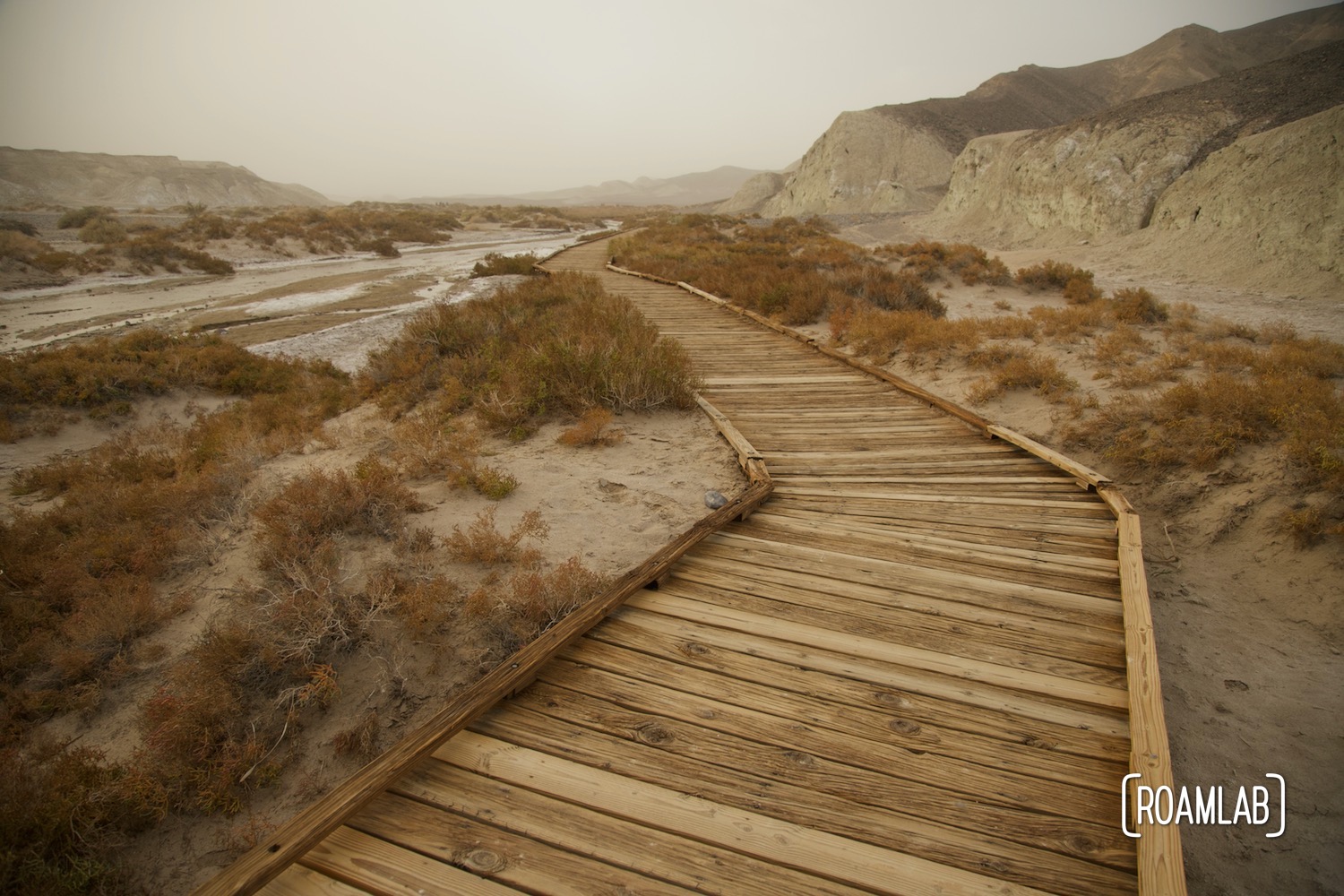
Accessing Salt Creek Trailhead
The Salt Creek trailhead is a 20-minute drive north of the Furnace Creek Visitors Center on CA-190. Though most of the drive is paved, the access road to the trailhead is dirt and can be closed due to seasonal obstructions. Even so, the dirt trail is relatively level and open to 2-wheel drive streetcars.
Nevertheless, as we turn down onto to the trail access road, we notice a couple leaning over their compact vehicle. It’s a flat tire. While the road may be flat, the sharp terrain is still rough, particularly on street tires not designed for the extra wear and tear while off paved roads. Granted, there are plenty of other streetcars parked without incident at the trailhead parking lot. But it is a consideration to be aware of when leaving the pavement.
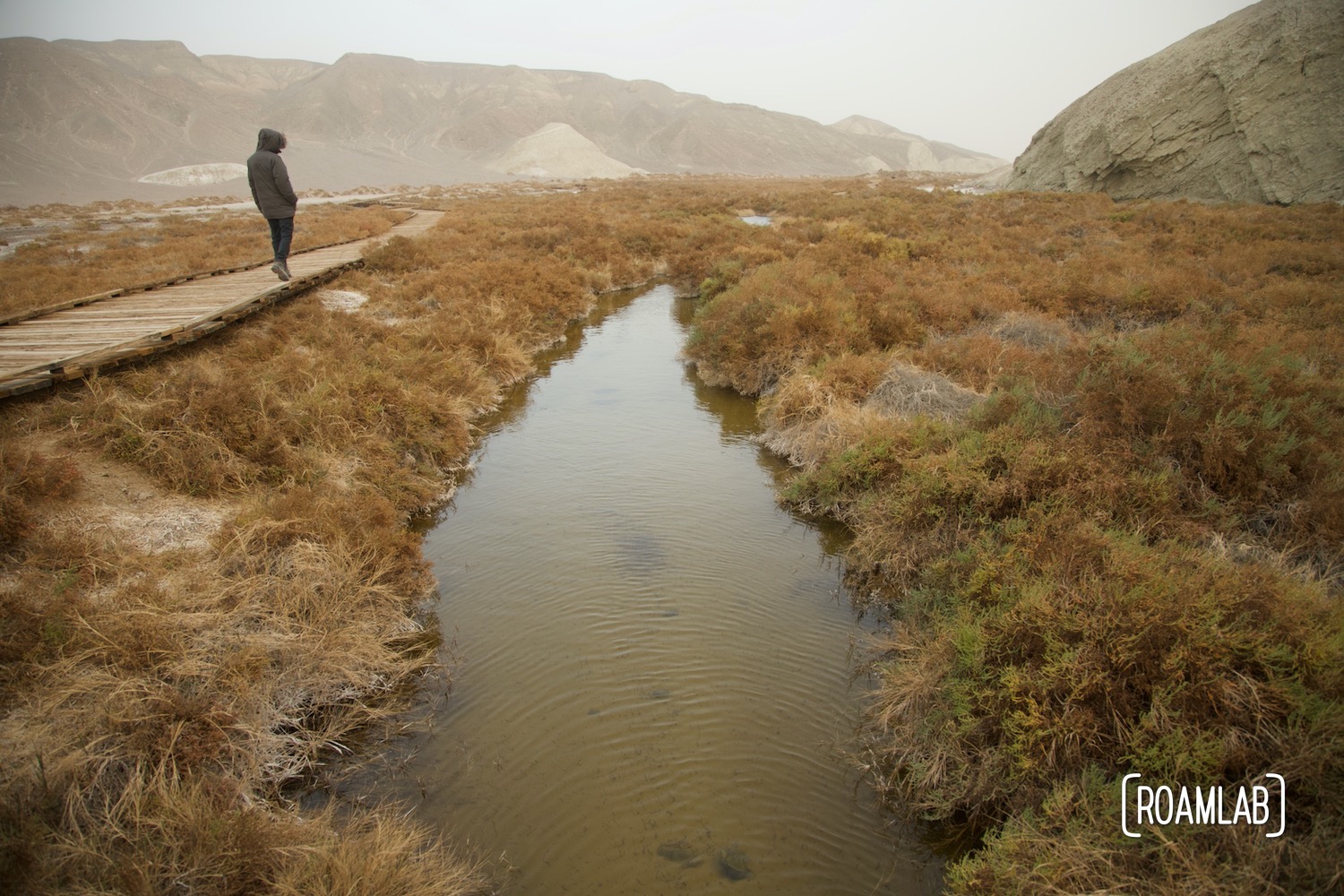
Nearby Attractions
Salt Creek Interpretive Trail sits between the Furnace Creek Visitor Center and the Stovepipe Wells Center. As such, its central location within the park can make it a natural stop while on the way to many other locations in the park. Even so, it is particularly close to the Mesquite Flat Sand Dunes, Harmony Borax Works, and Keane Wonder Mine.


